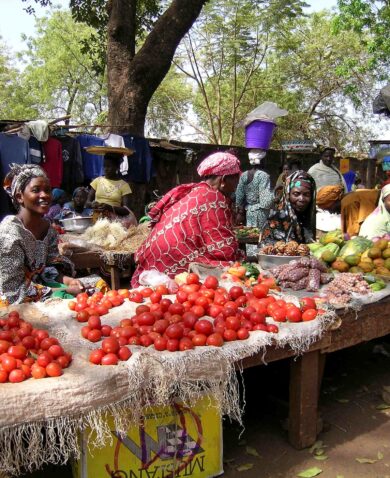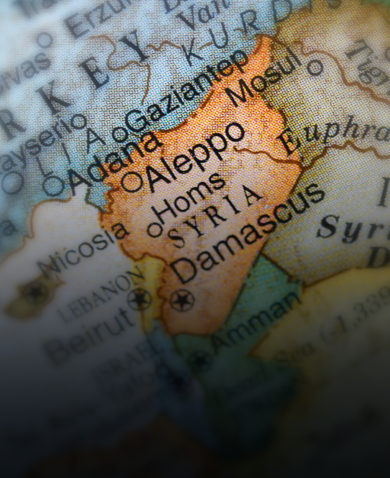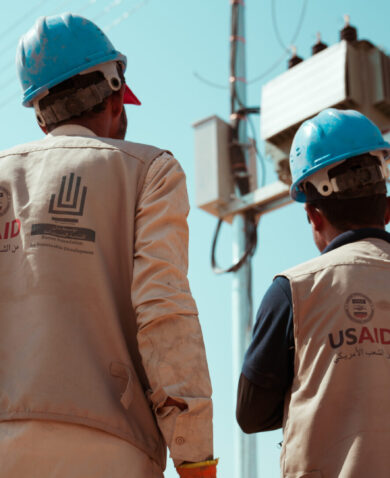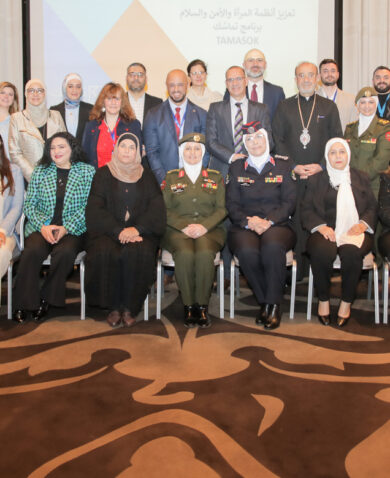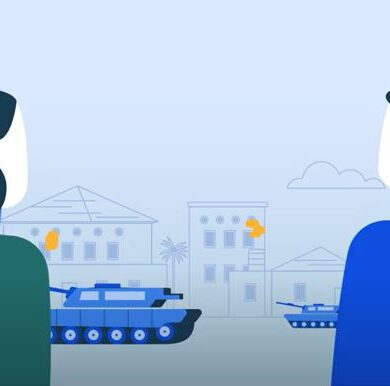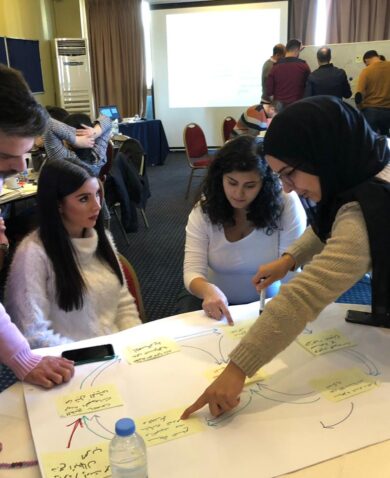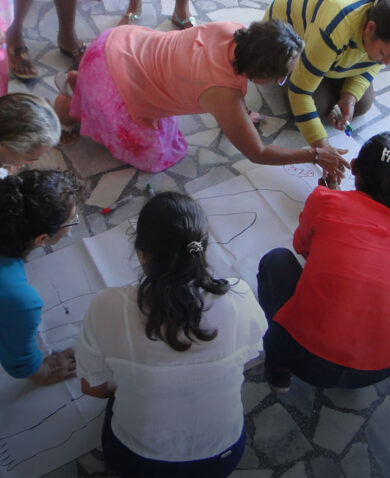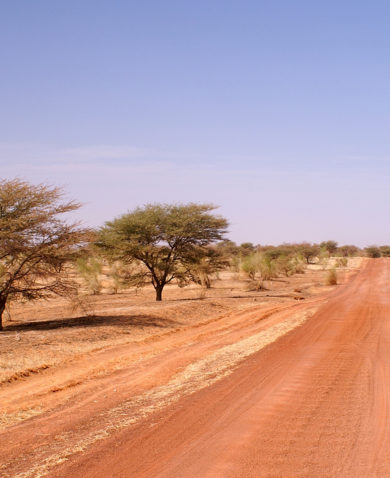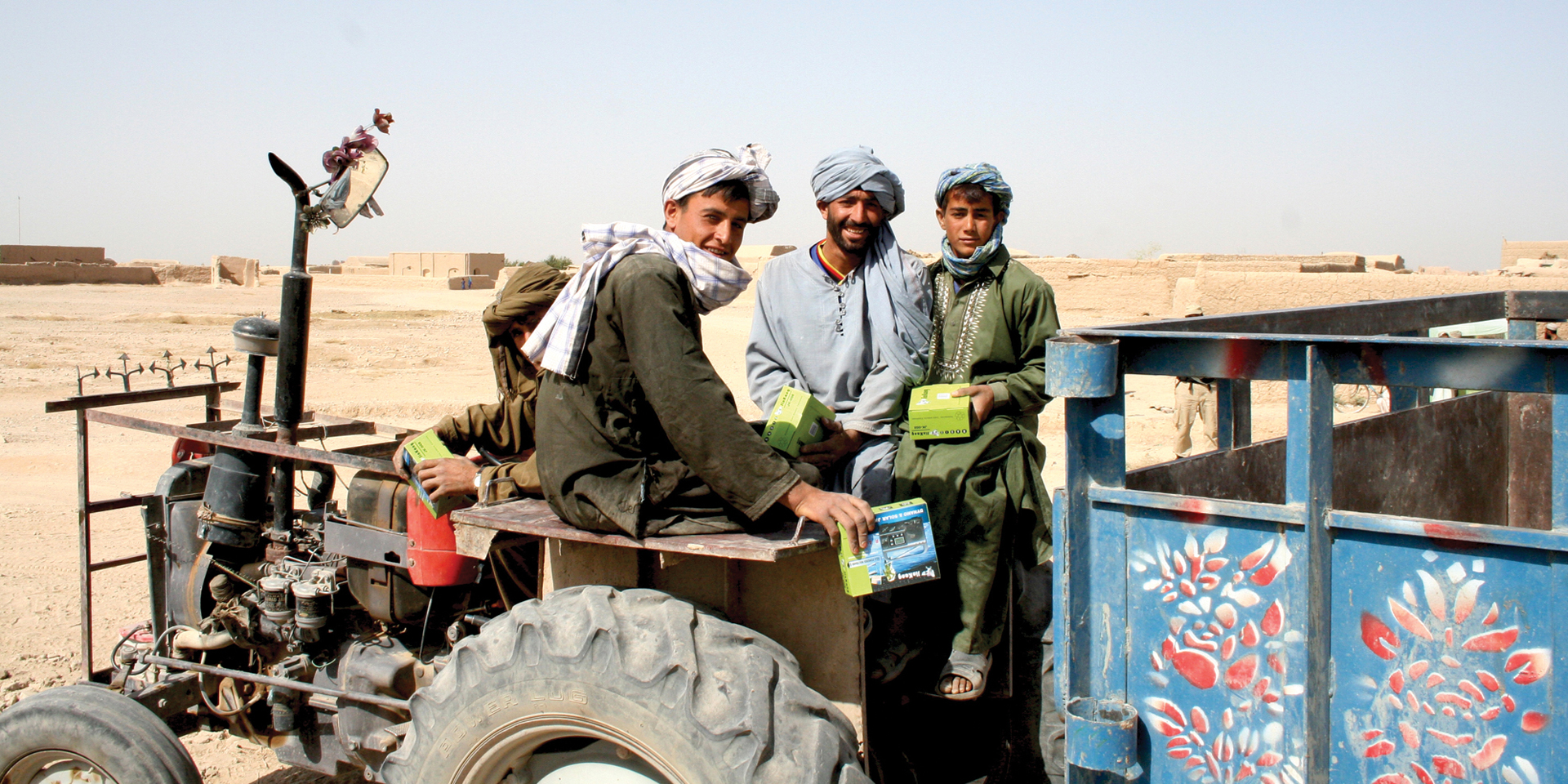
3 Questions with Michele Piercey: Conflict and Exclusion as the Front Door for Extremist Recruitment
May 25, 2017 | 4 Minute ReadMichele Piercey discusses resource-based conflict, countering extremist narratives, and why workforce development programs alone aren't an effective path toward stability.
In February, a famine was declared in South Sudan. And in 2016, the media frequently linked the conflict in Syria to the country’s extreme drought. What do we know about the complex relationship between climate change and conflict, particularly resource-based conflicts?
Climate change affects communities in a way that makes them chaotic and difficult to govern. I’ve often said that joining a violent extremist group is an adaptation to climate change. It’s not a particularly positive adaptation, but it’s something that young people in some regions of the world — for example around the Lake Chad Basin — have been forced into because their traditional way of life has gone away. The reasons are complex. That loss of traditional lifestyles is not only attributable to climate change, but also to land grabs, corruption, breakdown of institutions, conflict and insecurity, or simply the impacts of modernization transforming traditional livelihoods. In any case, many populations have had to adapt their traditional practices, or those practices have gone away entirely.
There are young people who expected life to look like what it did for the generations before them. And due to climate change and all the other compounding factors I just mentioned, that future might not be available to them. Extremist groups take advantage of that vulnerability and offer them a path toward something. They offer a way of making a living, but also a sense of inclusion.
Water scarcity in particular is driving conflict in a lot of places, including the Middle East, the Lake Chad Basin, and Afghanistan. In the fighting that arises, there aren’t just two sides to the conflict. Extremist groups can use the fighting as a pretext for extremist attacks. Or they try to mediate the disputes and establish themselves as providers of governance. It also creates mass movements of people that can cause huge security problems and social upheaval that worsens the situation for already vulnerable youth. The cycle is insidious.
So yes, there’s often a link between climate change, access to land and resources, and conflict. And conflict is often the front door for extremist recruiting and radicalization.
What approaches or interventions have been proven to be successful in conflict mitigation, stability, and countering violent extremism (CVE)?
The most effective programming paths try to help young people to find licit, peaceful alternatives to extremism, and other paths to belonging — whether that’s finding ways to resolve land issues or brokering connections between young people and their government; between young people and each other. Livelihoods support, by itself, is not usually an effective antidote to violent extremism, even if the loss of livelihoods is a driver. To begin with, good livelihoods outcomes are difficult to achieve in conflict affected, poorly governed, or badly climate-degraded areas. Vocational training programs have been criticized for creating expectations that can’t be met in the actual job market.
Chemonics’ Peace, Stability, and Transition Practice is leading research on a handful of the tools, methods, and approaches that can support CVE programming. One example we have is from our Mauritania CVE project. Under that program, we used the government institutional capacity assessment (GICA), adapted it for the CVE context, and administered it to the Ministry of Islamic Affairs to assess their capacity on CVE competencies. We are following that up with tailored, collaborative capacity building delivered in a cascaded training model. We also developed a risk assessment tool for national governments to determine how they prioritize their programming that is being piloted on the Mauritania project.
In addition, we’re exploring new innovations in CVE work that might strengthen our implementation and influence thinking on CVE more broadly. For example, we are investigating the applicability of different suicide prevention indicators to determine whether they work in CVE programming. We are also carrying out some field research on the applicability of crime and violence prevention models to CVE programming.
One approach that looks promising and we think warrants more research is in the area of VE narratives and counter-narratives. In democracy, governance, and CVE programming, it’s often not so much about the specific program interventions, but what those interventions communicate to beneficiaries and communities. Because extremists are making an emotional appeal to recruits and supporters, their narrative is nested in emotional appeals about persecution, justice, and honor. For example, one extremist narrative is, “The West hates and oppresses Muslims, and it’s your duty as a Muslim to violently resist.” What is our counter-narrative? Just disagreeing with emotional — and at least partly factual — appeals isn’t going to resonate with our audience.
We, as CVE practitioners, want to devise counter-narratives that are true, believable, and credible, but also resonant and inspirational. We can’t just insist, “No, the world doesn’t hate Islam,” because bias against Muslims, however unacceptable we find it, is a real thing in some places. We need to develop a counter-narrative that actively discourages people from joining an extremist group and appeals to their sense of pride, justice and tolerance. And importantly, our counter-narratives need to be backed up with action. Effective CVE is about more than messaging campaigns.
CVE programming intersects with social inclusion, gender, youth, and a number of other areas. What cross-cutting areas and themes will be critical in future programs and why?
CVE is highly intersectional. To turn the question around, I think we will be seeing CVE as an element or cross-cutting theme of a greater and greater number of programs where you might not expect it. All kinds of programming across different sectors are being designed to have a CVE effect. For example, we have recently seen economic growth solicitations that also ask us to address the appeal of extremism by strengthening economic connections and fostering opportunities.
A lot of programming has this cross-cutting theme of social cohesion, fostering belonging, or youth empowerment. I often read that as code for countering violent extremism, or at least undermining the potential influence of radical groups, and I do think it’s wise. CVE programming by itself can “silo” beneficiaries so they start to feel even more marginalized by virtue of being targeted as vulnerable to extremism. Drivers of extremism are cross-cutting — lack of effective government, weak economies, corruption, injustice and impunity. If you’re addressing impunity, you’re explicitly or implicitly undermining one of the grievances that drive extremist recruitment. Discrete, explicit CVE programming definitely has a place, but it has to complement a bigger strategy of making governments and economies more inclusive.






